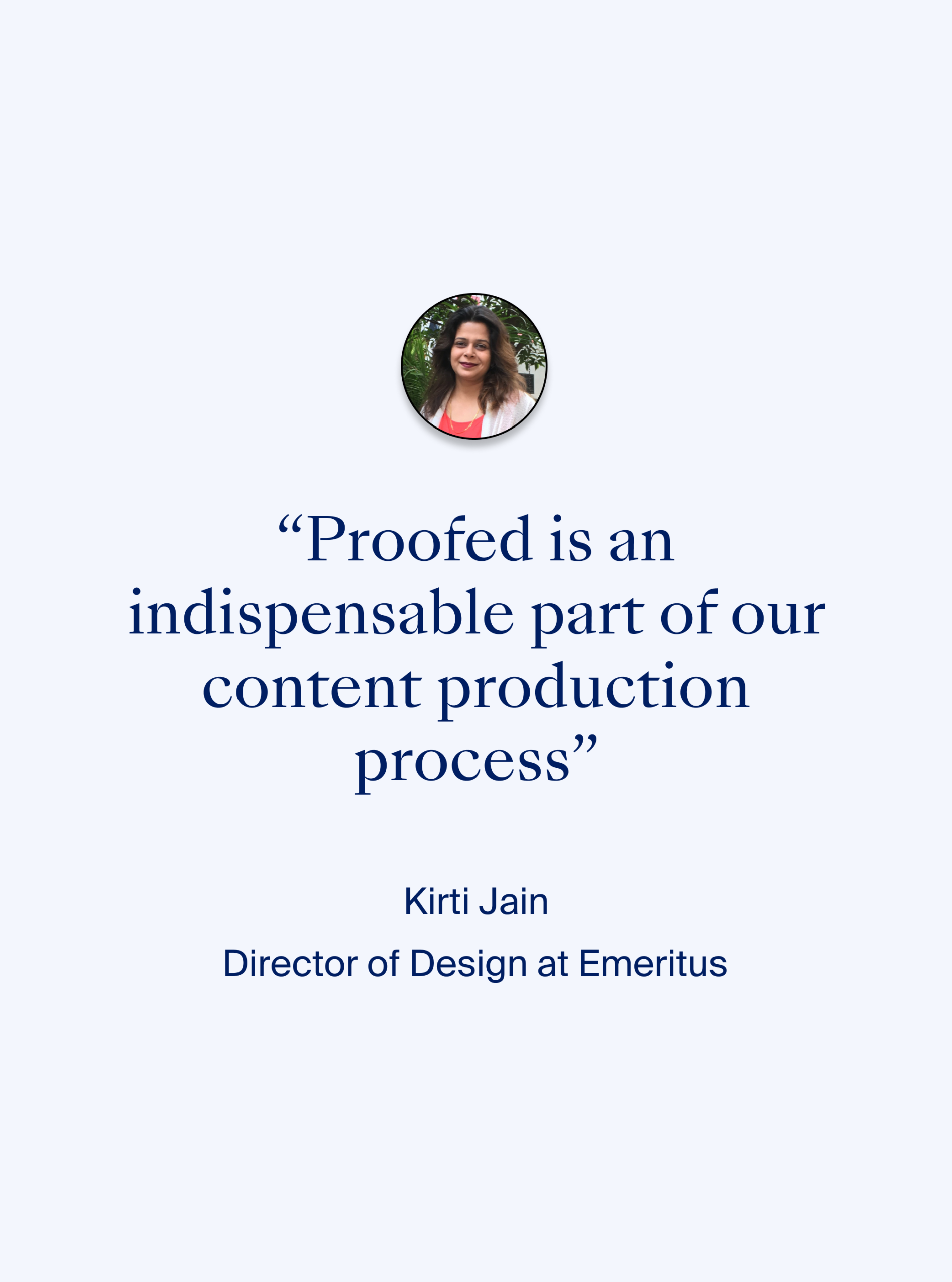Introduction
Let’s start with the basics. What is ‘author’s voice’? Put simply, an author’s voice is how they write—their style, if you will. It includes things such as whether they write in long, complex sentences or short, pithy ones; the complexity of the vocabulary they choose to use; whether their register is formal or informal; and even (to some degree) how they use punctuation.
An author’s voice is what makes their writing theirs. If you asked Jackie Collins and Professor Brian Cox to write 500 words on exactly the same subject, you would probably end up with two very different pieces of writing. The important point is, we’re not making any judgments about which one would be better; they’re both equally valid in that they represent the authentic voice of the person who wrote them.
Retaining the author’s voice
You have an author’s voice too, but as a good editor, you need to be able to fix issues in a piece of writing without adding your voice to it or altering that of the original writer. After all, it’s their work, not yours, and your hand in it should, ultimately, be invisible. This means knowing when and how to intervene.
The issue of errors might seem straightforward, but even then we have to ensure that our changes don’t disrupt the author’s voice. We also have to be sure that they are actually errors and not just something that doesn’t suit our own voice. If you look at a sentence, and the only problem you can objectively raise is “That’s not how I would write it,” then maybe it doesn’t need to be altered.
Imagine you’re editing and that you have a thing about unnecessary exclamation marks. You see this and bristle at it:
In your mind, that exclamation mark needs to go, so you change it to a period. Mmm… that’s better. But there was nothing wrong (objectively) with the original—it just wasn’t your voice. If the writer wants to put an exclamation mark there, that’s up to them if it fits their voice.
But the punctuation is wrong!
There may be times, particularly when it comes to editing fiction, when you come across punctuation that your proofreading skills tell you is, objectively, wrong. Surely you should always correct things like that? Well, slow down there. Even here, we have to consider the author’s voice.
Some punctuation ‘errors’ may be stylistically acceptable in certain kinds of writing. So how do we decide whether to intervene? Well, remember, an author’s voice becomes clearer the more of their writing you read, so when making a decision, you need to consider the rest of the document, and how the punctuation is used throughout.
If the stylistic punctuation is used consistently, it’s likely that the author intended it, but if the use seems indiscriminate, you might need to intervene. These are instances when a comment to the writer, rather than a direct intervention, might be preferable.
If you’re faced with something that could be an unintentional error but could also be a style choice, commenting to alert the writer of the potential issue is better than a) assuming it’s intentional and ultimately leaving unaddressed errors, or b) assuming it’s an error and changing things the writer intended to include.
Retaining the author’s voice is part of your job as an editor. When you consider intervening in the text, remember these points.
- If the only thing wrong with a sentence is that you wouldn’t write it that way, there may be nothing wrong with it.
- When you do make direct changes, be sure they fit the author’s voice and don’t add your own.
- If something looks like it might be wrong, but it can work given the style of the document, a comment is better than inaction or direct intervention.
When you work on a document, make a conscious effort to notice the author’s voice (there may even be more than one!) and be aware of it as you work, and if you’ve got multiple documents on the go, take a short break when switching between them so as to not carry the voice of one over into the other.
